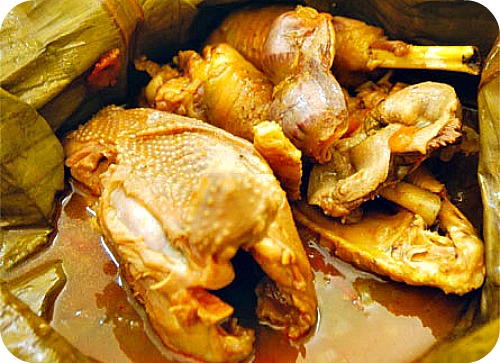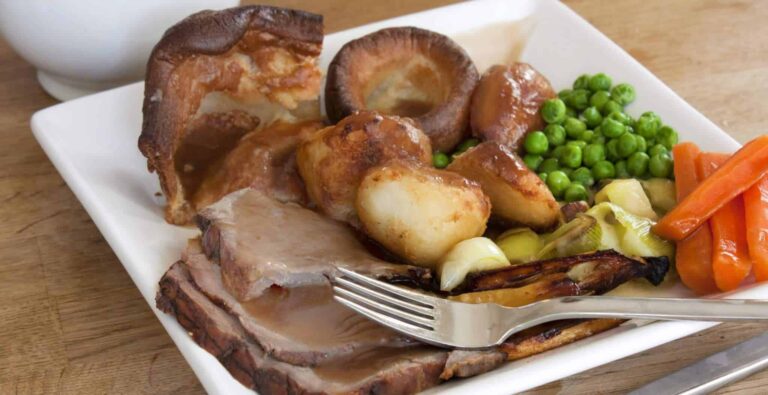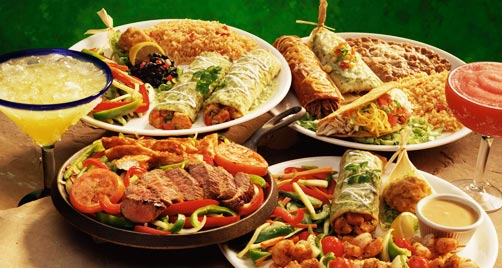Introduction: Tuvaluan cuisine and its spice level
Tuvalu is a small island country located in the Pacific Ocean. The country’s cuisine is influenced by its traditional Polynesian roots and the availability of fresh seafood and tropical fruits. As a result, Tuvaluan dishes are known for their unique flavor combinations and use of natural ingredients. One common question people ask about Tuvaluan cuisine is whether it is typically spicy or not.
The use of spices in Tuvaluan cuisine
Tuvaluan cuisine is not typically known for being spicy. Unlike some other Asian and Caribbean cuisines, Tuvaluan dishes tend to be mild in terms of heat. However, that doesn’t mean that Tuvaluan chefs don’t use spices. In fact, many dishes rely on a blend of herbs and spices to create their characteristic flavor profiles.
Traditional Tuvaluan dishes and their spice level
Some of the most popular traditional Tuvaluan dishes include palusami, a dish made with taro leaves and coconut cream; ika mata, a raw fish salad; and pulaka, a type of root vegetable. These dishes are usually mild in terms of spiciness, but they do contain a variety of herbs and spices. For example, palusami is seasoned with onions, garlic, and ginger, while ika mata is flavored with lime juice and coconut milk.
Regional variations in Tuvaluan spice preferences
There may be some regional variations in Tuvaluan spice preferences. For example, some islands may use more or less chili peppers in their dishes depending on what is available locally and what the local palate prefers. However, in general, Tuvaluan cuisine is not known for being particularly spicy.
The role of climate and geography in Tuvaluan spiciness
The mild spice level of Tuvaluan cuisine may be influenced by the country’s climate and geography. Tuvalu is a tropical island nation where fresh fruits and herbs are abundant. This means that chefs are able to rely on natural flavors rather than relying on spicy additions. Additionally, the lack of access to certain spices and herbs may also contribute to the mildness of Tuvaluan cuisine.
Conclusion: The spice level of Tuvaluan dishes and its significance
In conclusion, Tuvaluan cuisine is not typically known for being spicy, although it does rely on a blend of herbs and spices to create its characteristic flavor profiles. Regional variations may exist, but the mildness of Tuvaluan dishes is likely due to the country’s tropical climate and the availability of fresh ingredients. Whether you prefer your food spicy or not, trying Tuvaluan cuisine is a great way to experience the unique flavors of this Pacific island nation.









